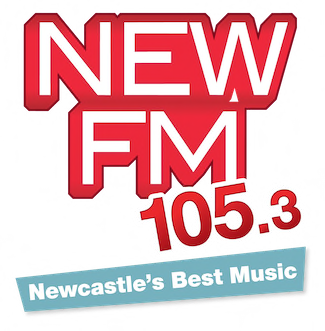Tracy Johnson: “If it doesn’t target emotions, it’s a bad hook”

Listeners make fast decisions. Like it. Hate it. It’s for me. It’s not for me. We all know that attention is at a premium.
You have 7 seconds to hook the audience and get them interested. I call it the 7 second challenge. But even if the hook is fast and to the point, it doesn’t mean they’ll be compelled to continue listening. That’s why hooks have to target emotions.
That first 7 seconds-the hook-is when listeners decide to lean in or tune out. To give you their attention or put you on ignore. And it’s hard to make that connection because of the way our brains process information. Basically, humans are hard-wired to tune out air personalities when they talk because it competes with whatever they’re doing in the foreground. You can read more about it here.
That doesn’t mean talk is bad, or personality radio is doomed. It just means that the hook is super-important to getting listeners interested in what’s to come.
And thats why the opening line must connect to a feeling. It gives us a much greater chance to lure them deeper into the break. Logical and informational hooks are a waste of time. Hooks that target emotions are the only way to tilt the scale in your favor.
How Hooks Target Emotions
Obviously, starting with an interesting break with a provocative hook is a good idea. And it’s easy to understand that appealing to an emotion is a good idea.
But what does it mean to target emotions in the hook of a break? What type of hook provides the best chance of grabbing that precious attention? There are dozens of emotions to target, of course. Primary emotions are diagrammed in Robert Plutchik’s Wheel of Emotions:
But even this wheel is probably more emotions than you want (or are able) to target. So simplify it by focusing on Plutchik’s 8 core emotions:
Target Emotions: Fear
This may be the most powerful motivator. Television newscasts rely on this to attract viewers with terrifying teases.
It’s common to hear teases that provoke fear, like this:
Will your children may be exposed to a potentially deadly virus…at daycare?”
It gets attention by sounding an alarm. This type of hook challenges our comfort zone. This is an extreme example, but you get the idea.
By the way, for each emotion, the opposite can also be a target: Safety and reassurance that all is okay in the world is also a strong emotion. That may fit your personality brand better, and it appeal is similar.
Anger
Anger inspires audiences, and is often used by talk shows to cause outrage. The hyperbole and extreme points of view stir an emotional spark that can provoke action and reaction.
Do you remember the classic movie Network? The television anchor, played by Peter Finch, created a passionate following with his phrase, “I’m mad as hell and I’m not going to take it anymore.”
The same approach works today for dozens of hosts and personalities.
Hooking the audience with a quick line that causes instant anger may be polarizing, but it will lure them into the content.
Target Emotions: Sadness/Joy
It’s dangerous to over-use this emotion because it can be pretty depressing and affect the brand image. For the most part, listeners tune in the radio to escape their problems.
But appealing to sympathy or empathy can be a powerful way to get into a break when the time is right. I’ll never forget the Monday morning after Princess Diana died (August, 1997). That morning, Jeff & Jer started their show by saying,
If you’re like us, you’re not feeling very good this morning. And we just can’t do our regular show. So if you want to talk about what happened, maybe we can be each other’s support group.
They took calls all morning long. Powerful.
Of course, the opposite of sadness is joy. There’s something contagious about celebration, hope and a positive outlook. Starting a break in a way that causes the audience to feel good should be a primary goal. And this is sustainable!
Anticipation & Hope
Hope fits with joy but connects with the associated feeling of anticipation. Hook the audience by getting them to anticipate what’s ahead and give them a sense of good old-fashioned feel-good hope…and you win.
Great hooks add expectation, intrigue and the feeling that something good, or at least interesting, is on the way.
Most personalities should learn to master this emotion more than any other.
Surprise
Making a new discovery can also be a strong hook, as long as it’s about something that actually matters to them. Informing with facts or details about the mundane isn’t exciting. Unless you’re in the business of breaking news, ignore the information. But suggest a surprise discovery and there is a great chance of keeping listeners tuned in.
For example
How would you like to have your SUV drive you to work each day? We’re one step closer, and it’s going to rock your world.
Conclusion
The brain makes decisions at warp speed. Keep these key emotions in mind to give yourself the best chance of keeping listeners through a break.
Tracy Johnson specializes in radio talent coaching, radio consulting for programming and promotions and developing digital strategies for brands.



